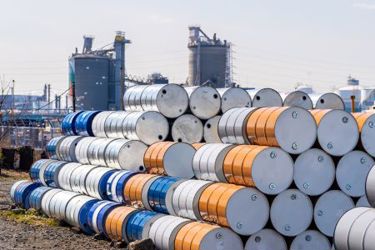Consumers Alarmed As Great Lakes Region Becomes Dump For Toxic Chemicals


A region with one of the country’s strongest reputations for clean source water could soon become an epicenter for some of the world’s most dangerous drinking water contaminants as two Michigan landfills quickly accumulate hazardous substances.
“Since 2019 through late June [2023], Wayne Disposal brought in 1.8 million tons of waste for landfilling; Michigan Disposal more than 1.2 million tons for processing,” USA Today reported. “Wastes received include some of the most dangerous chemicals we know: dioxins; polychlorinated biphenyls, or PCBs; cyanide compounds; nonstick ‘forever chemical’ PFAS compounds; arsenic; asbestos, and hundreds more.”
While Michigan’s Great Lakes are renowned for their majesty and purity, the state has a mixed history when it comes to drinking water, underscored by the lead contamination issues experienced by Flint. Now, the flood of hazardous chemicals being dumped in the state — which came under the spotlight as toxic wastewater from the recent East Palestine train derailment traveled there — threatens to put more of Michigan’s water at risk.
“People don’t realize that Michigan is kind of a focal point for commercial hazardous waste facilities,” Nicholas Leonard, the executive director of the Great Lakes Environmental Law Center, told USA Today. “It runs against what we bill ourselves as, the Great Lakes State, our water resources that are above all else.”
The array of high-profile contaminants coming to the processing centers has local consumers concerned, particularly as climate change is presenting new challenges for keeping such contaminants from leaching into groundwater. And they seem to have good reason, as the sites have a history of violating environmental regulations.
“Violations over the years have included a leak in the hazardous waste landfill’s primary protective liner; toxic leachate spills into surface water; improper venting and monitoring of stored underground hazardous waste, and disposing of hazardous waste in nonhazardous waste areas of the 500-acre landfill,” per Farmers’ Advance. “[Residents wonder] how the hazardous waste facilities could possibly handle the 100-year-storm types of runoff that overwhelm community stormwater and wastewater systems.”
As this area and others accrue the types of hazardous chemicals that stem from industrial operations and accidents, water systems will have to evolve to become even more vigilant about their potential growing presence in source water.
To read more about how water systems address toxic chemicals, visit Water Online’s Drinking Water Contaminant Removal Solutions Center.
